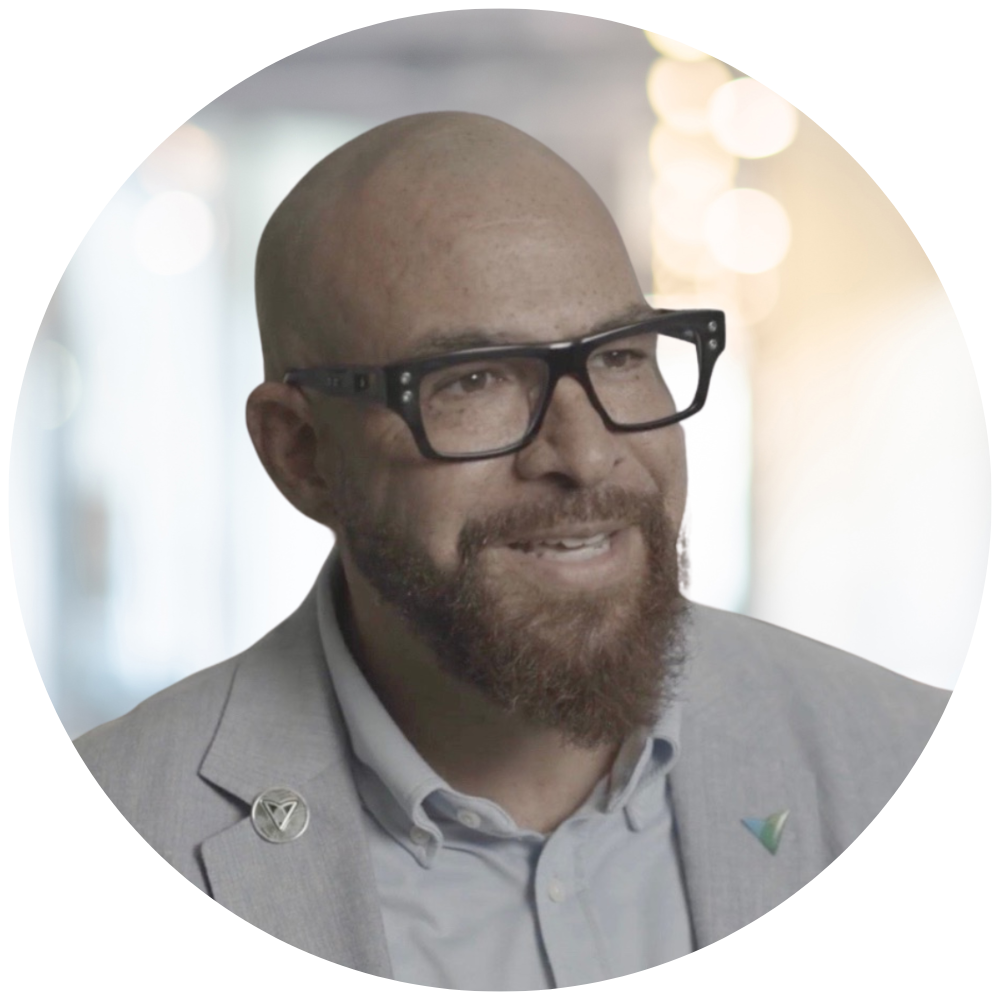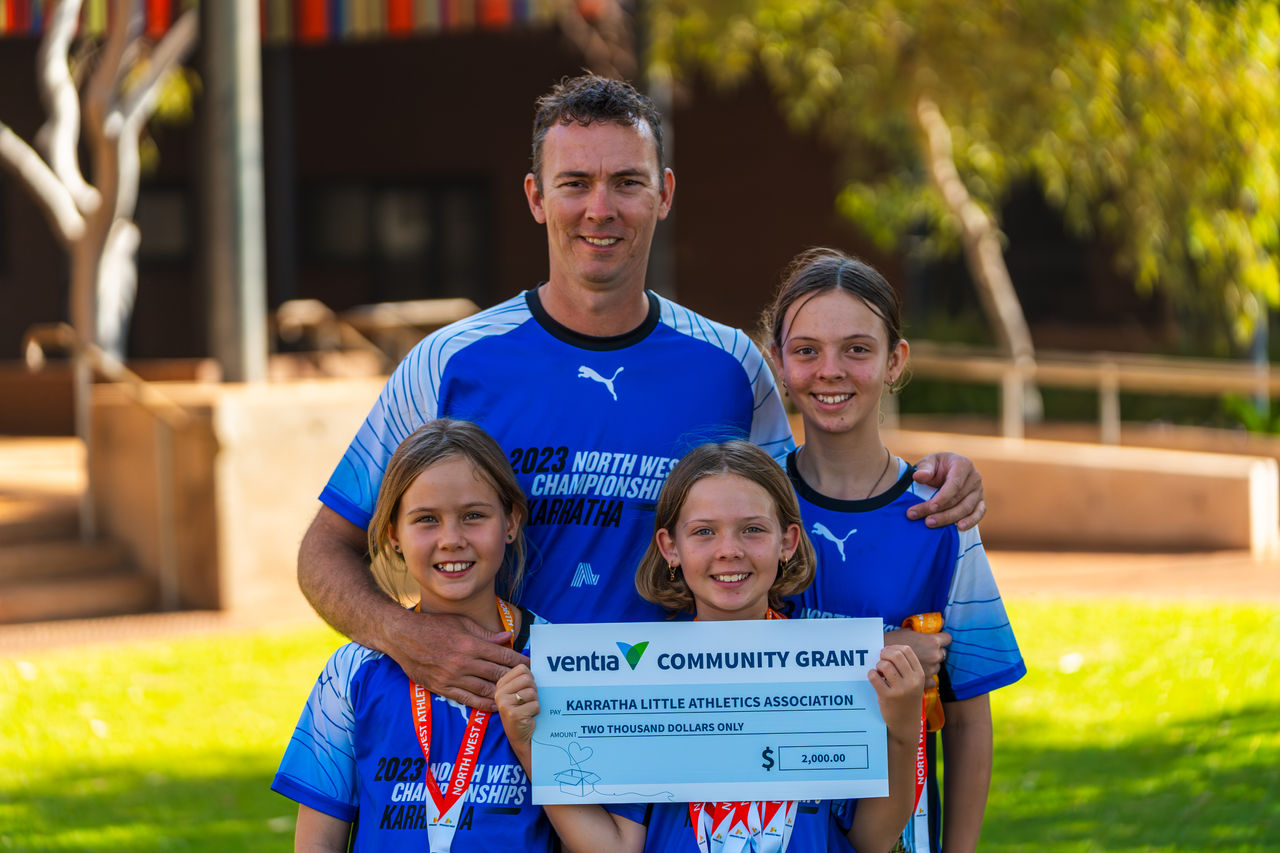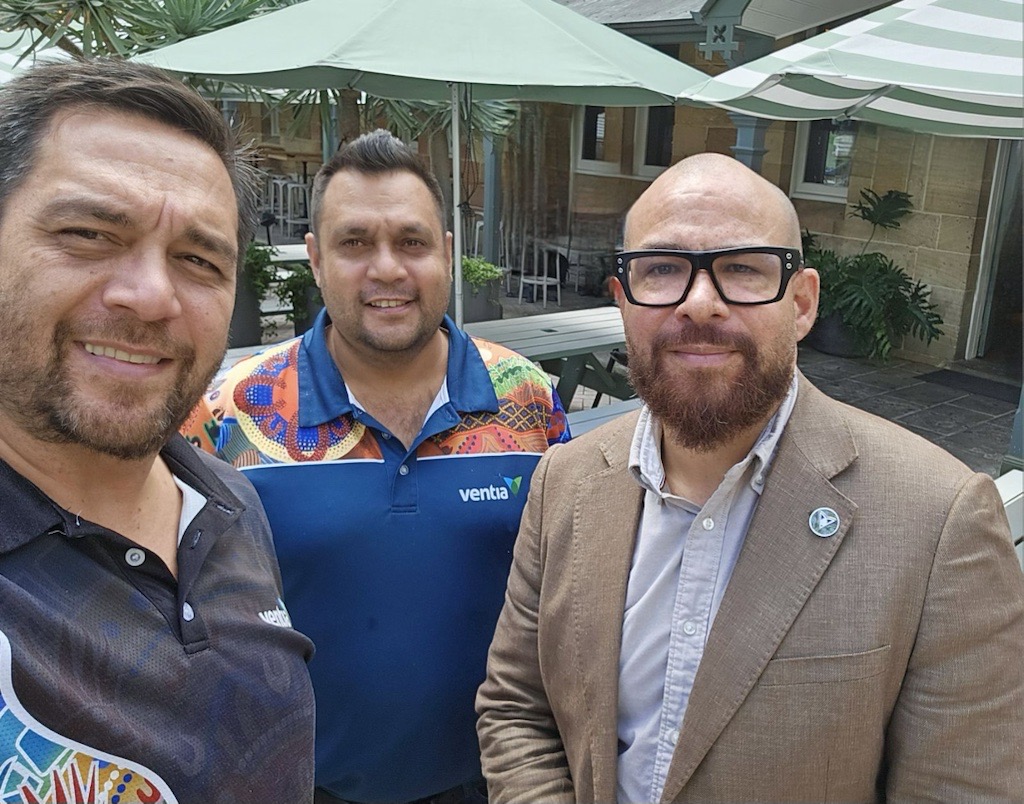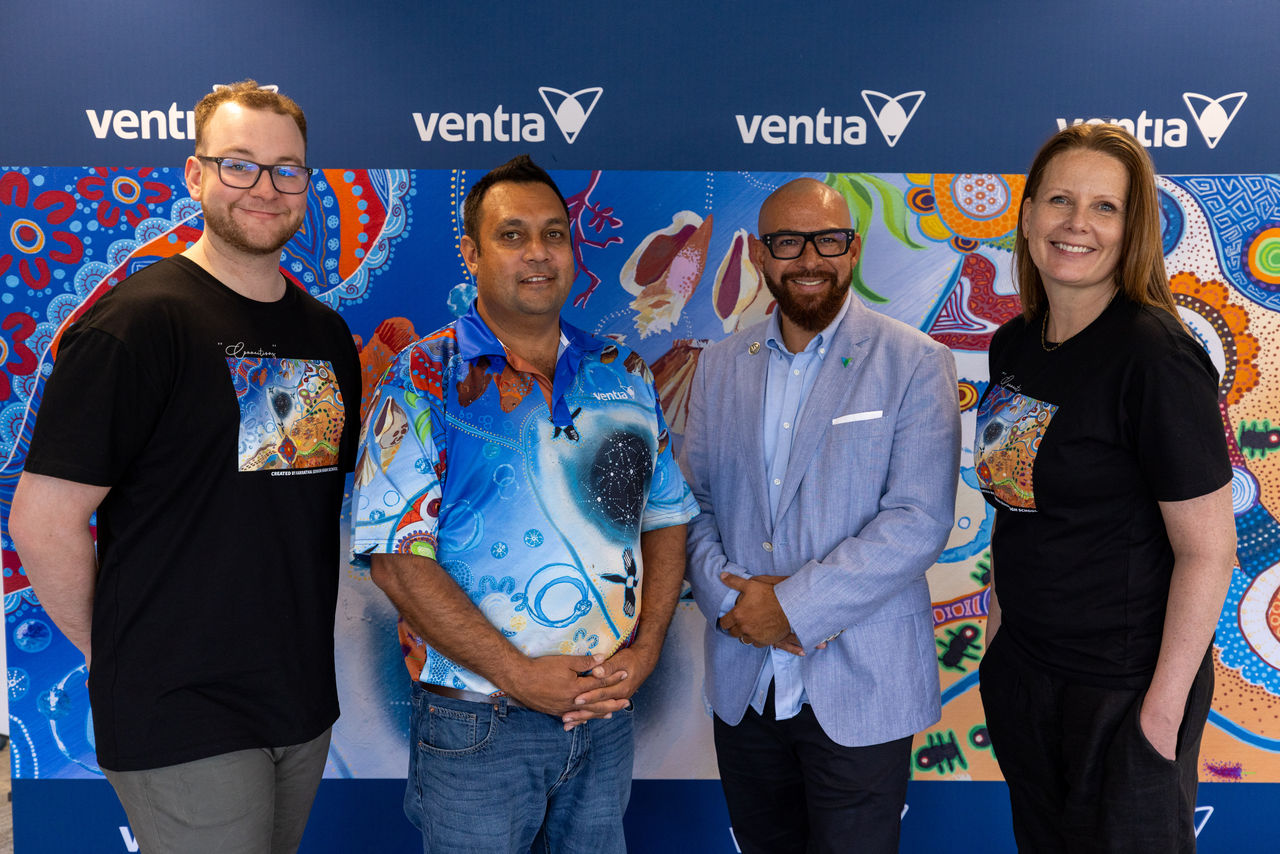In conversation with
Aaron Reid, Ventia Group Manager Social Sustainability shares his thoughts on how companies create real and quantifiable value for society, by empowering their people to make a positive impact on the communities around them.
"We need to give our people permission to do the right thing and create an environment where we incentivise, recognise and reward those who choose to do the things that benefit society the most."
Q: How do you define social sustainability?
The United Nations says social sustainability is about ‘identifying and managing business impacts, both positive and negative, on people.’
In practice, social sustainability involves actively listening to the voices of your people and the needs of the local communities, being honest about your impact.
It is about making lots of little and some big conscious, evidence-based decisions that intentionally lead to positive outcomes for society, prioritising those who could benefit the most from the consequences of your decisions.
When a company does good things for the community, its employees feel proud to work there. This is a nice bonus of doing the right thing.
Q: What are some key principles or elements of social sustainability that organisations should consider when developing their strategies and initiatives?
It's important to listen to your employees who are already part of the communities we want to support. They can often provide ideas on the best way to support their local communities. At Ventia we take a data and evidence-based approach to delivering social impact so we can identify and prioritise the areas where we can have the greatest positive impact.
Our impact comes from the choices we make every day to engage positively with local communities, spend with local companies and employ local people.
Our approach is based on key focus areas: Health & Wellbeing, Community Engagement, Employment & Skills, Diversity & Inclusion and Social Procurement. It's important for us to quantify our socio-economic impacts to help us to understand the effectiveness of our initiatives and to offer customers a comparative insight into our performance against their other suppliers.
Q: How does social sustainability intersect with environmental sustainability?
It comes down to who we are trying to improve the environment for. The planet will adapt and survive somehow, the question is will we. Having clean air and water, creating more green spaces, and using less resources, throwing less stuff away all have a positive impact on people and communities. Communities thrive when efforts are made to achieve both social and environmental sustainability.
Any changes to the skills required to support this transition across our infrastructure need to be managed thoughtfully.
Q: Can you provide examples of successful social sustainability initiatives or projects that have had a positive impact on communities or society as a whole?
The work we are doing with the ANZ Social Value Taskforce has the potential to profoundly influence the scale and the nature of the positive impact organisations can have on society through their procurement, employment and community engagement activities.
We are collaborating across industries to create a common framework to quantify the social value organisations deliver to communities. We want to quantify our socio-economic impacts to help us to understand the effectiveness of our initiatives and to offer customers a comparative insight into performance against their other suppliers.
We need to connect the dots between those who fund and deliver business and back to work support and those who have spend and employment opportunities to align future skills supply and demand and ensure public money spent in the 3rd sector and elsewhere in pursuit of employment outcomes is prioritized through requirements in public procurement to support the labour requirements of the private companies delivering on significant public contracts.
Q: What are some future trends or emerging practices in social sustainability that you find particularly promising or exciting?
It’s encouraging to see more organisations using the power of procurement to incentivise suppliers to deliver better outcomes for communities.
When social sustainability considerations are properly integrated into procurement process and suppliers are held accountable through contract and performance management, and they have a common and consistent way to demonstrate their performance, you have the recipe for delivering significant positive impact to society.
Q: How can sustainable practices be incorporated into the supply chain to enhance social sustainability?
The supply chain is critical in delivering social sustainability outcomes. As the main contractor most of our work is delivered by our supply chain, so much of the potential impact we can have is through them too.
How and who we choose to spend money with is the biggest opportunity we have to deliver local employment and even more local re-spend when we choose to spend with local businesses.
But we must connect the dots and collaborate with our supply chain and the third sector to access and sustain employment for people who would benefit the most.
For any organisations wanting to integrate sustainability considerations into their procurement activity, I would always keep in mind requirements should be relevant and proportionate to the level of spend and nature of the specific risk and opportunity represented by each item of spend. This can involve heatmapping your supply chain against key risk and opportunity areas to identify which requirements are relevant for each supplier. It's important to apply common sense to a minimum spend threshold. You wouldn’t expect the supplier with whom you spend $1,000 a year to employ two apprentices on your behalf, but maybe if you spend $10 million you could expect them to do more.
I’d also recommend ISO 20400, the international best practice standard for sustainable procurement. It’s a logical, easy to follow best practice guidance standard for how to integrate sustainability considerations into the procurement process. It's not a pass or fail certification standard so you can focus on integrating the appropriate action at the appropriate time for your organisation.
Q: How can everyone contribute to social sustainability?
Some people hold key roles that can have a significant impact on the difference we can make in communities but not everyone does, however we can all start by getting to know the people around us. If we understand each other better on a personal level, then we tend to care more and want to help more.
Volunteering is a great way to get involved, support local people, and share your time and experience with communities. Join employee networks and communities of practice to be part of the solution.



